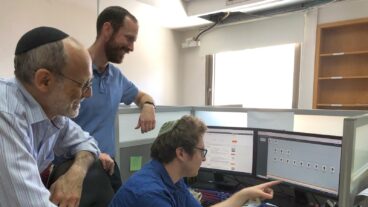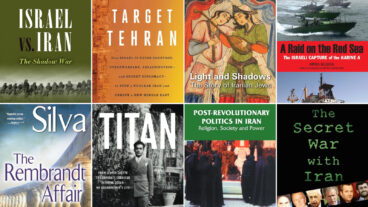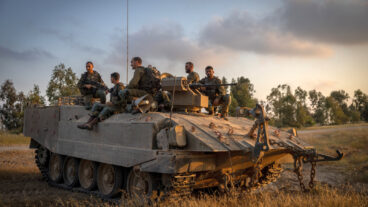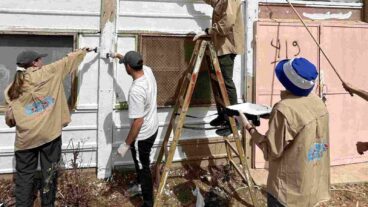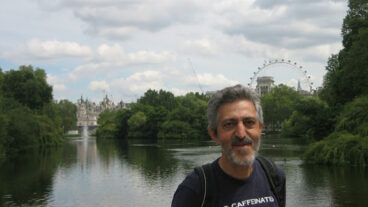Shooting video on the streets of Tel Aviv as part of the media project Asylum City for African refugees. Photo Credit: Keren Manor/Activestills.org”I want to study to become a doctor and go back to help my people in Africa,” says Eunice while traveling through the streets of south Tel Aviv in a video film called You and Me that he recently made.
Eunice, 17, is one of about 200 African refugee teenagers who fled to Israel unaccompanied by other members of their families. It is estimated that about 14,000 Africans, mainly from the war-torn Darfur region of Sudan and from Eritrea, have fled across the Egyptian border seeking refuge in Israel.
During the past year, Activision, a Tel Aviv-based group of Israeli volunteers working with the African refugee community in a media project known as Asylum City , organized a video course to give 15 of the teenage refugees an opportunity to express their experiences.
The power of awareness
“It’s really been an empowering experience for them,” observes Daniel Cherrin, one of the volunteer teachers on the course. “Making videos about the experiences that they have been through has really helped them understand that they have the power in their hands to create awareness about their situation. It really made them feel that they could be talking to other people at the same level.”
Cherrin, a photographer and artist who grew up in Philadelphia and moved to Israel about a year ago, drew a great deal of personal satisfaction from working with the young refugees. He notes that communication was difficult at first as many arrive speaking only Arabic.
“Eventually we managed through a combination of English and Hebrew, which some of them learn in Hebrew ulpans (schools) organized by Israeli youth movements. The main thing was to get them to start telling their stories and once they did, powerful ideas would slowly come out,” he tells ISRAEL21c.
During the three-month course, Cherrin and his fellow volunteers helped the students structure their story ideas and assisted them in producing short video films. Eight of the edited programs were recently shown at a public screening in Tel Aviv’s Shapira neighborhood where many of the African refugees live.
The videos provide an intimate glimpse into the day-to-day experiences of the refugees and insight into their thoughts and memories. We see the teenagers struggling with bureaucracies as they stand in line trying to get work visas and we hear them talking about the difficulties involved in living in shelters where more than a hundred people share a single bathroom.
No way to live
They also share their feelings about missing their families. “In Darfur, there is no way to live today,” says Eunice in his video, breaking into tears.
In another video, the filmmaker explores the reactions of Israelis to their situation. Filming in the vicinity of Tel Aviv’s Central Bus Station, 17 year-old Ismail finds that many of the people passing by are pre-occupied with their own problems. Asked what she thinks of the Darfur refugees, a Filipino lady answers that she has enough problems of her own as she herself is in Israel illegally.
Another woman, an Israeli-born resident of Netanya, comments that all she can think of right now is the war in Gaza.
Activision plans to show the Asylum City videos in as many places as possible in order to increase awareness about the refugees’ situation.
“It’s important that people realize that the refugees that come to Israel are not illegal migrant workers merely here for economic reasons. They are fleeing a situation of genocide and when you listen and see their stories as they tell them in the films this is very clear,” says Karen Manor, one of the founders of Activision.




